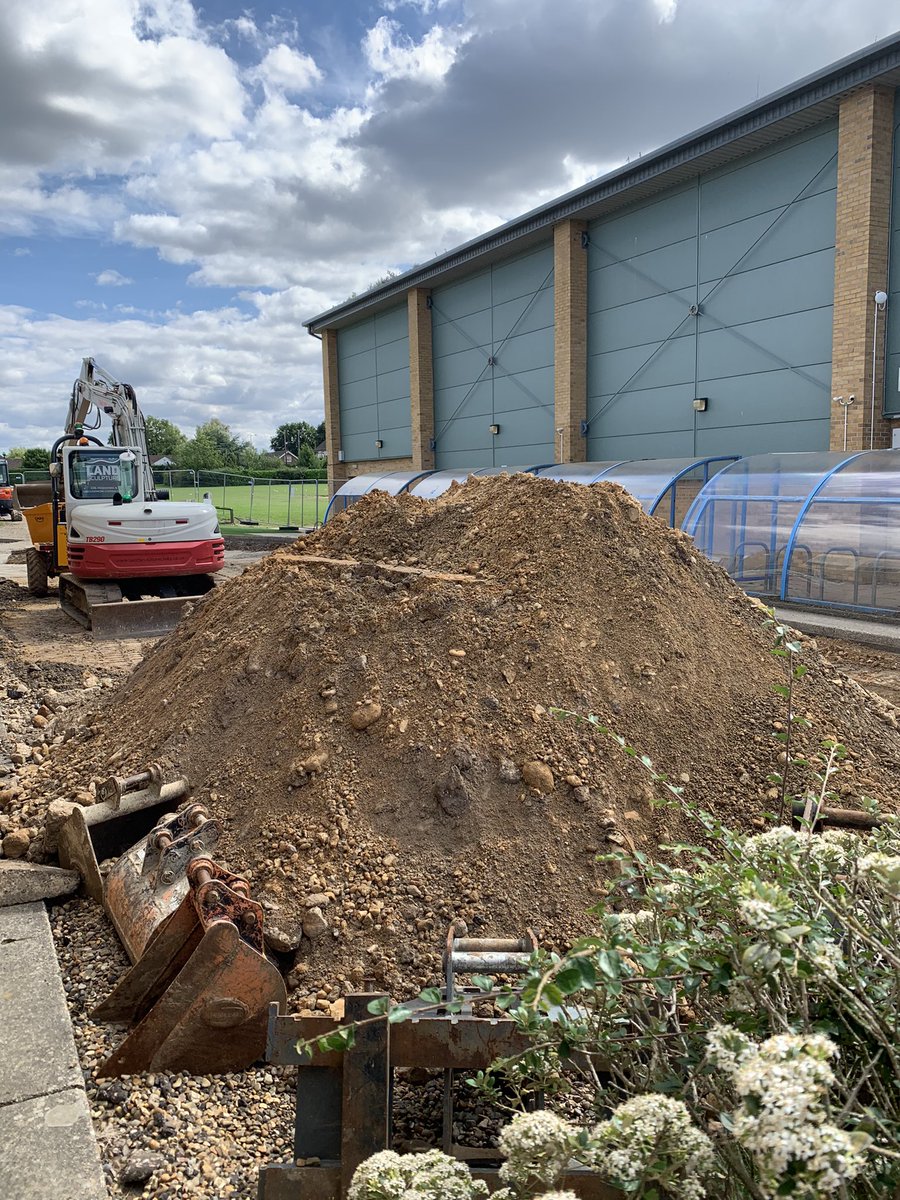

You do not have to contact the translators and discuss the work or the lengthy terms of contract. All you need is Internet connection to access the tool and then have your document translated for free. It costs nothing to use Google Translate.

Meanwhile a professional translator can just translate about 2,500 words in an average work day. It is incredibly fast, therefore, you can have your document translated in just a blink of an eye, no matter the length of text. Human translators cannot compete with the speed of Google Translate. And like any other tools, Google Translate has its own advantages and disadvantages. What is more astonishing is that Google Translate translates more than 100 billion words per day! Today, Google Translate has become the world’s most popular machine translation tool. Can you guess the number of people using Google Translate? It’s 500 million people! Meanwhile the entire population of European Union is just about 510 million people, as of 2016. Inside of a few minutes, we can change the algorithms for generating training data, generate it, retrain, and visualize.”Īs of January 2015, Google Translate was used by over 500 million people per month and more than 1 billion translations were made per day. Google crowdsources improvements for the Translate app through its Translate Community, which validates and corrects translations. The newly added languages on "Word Lens" will be fully rolled out on the Google Translate Android and iOS app over the next few days.Google Translate has been around for more than 10 years and it did help many people communicate effectively regardless of language differences. “So we put effort into making tools that would give us a fast iteration time and good visualizations. If we overdo the rotation, the neural network will use too much of its information density on unimportant things,” said Good. How does Google Translate make so many languages available offline? Otavio Good, a software engineer at Google, said in a blog post that his team had to develop a very small neural net and put limits on how it was taught. “We want to be able to recognize a letter with a small amount of rotation, but not too much.


 0 kommentar(er)
0 kommentar(er)
